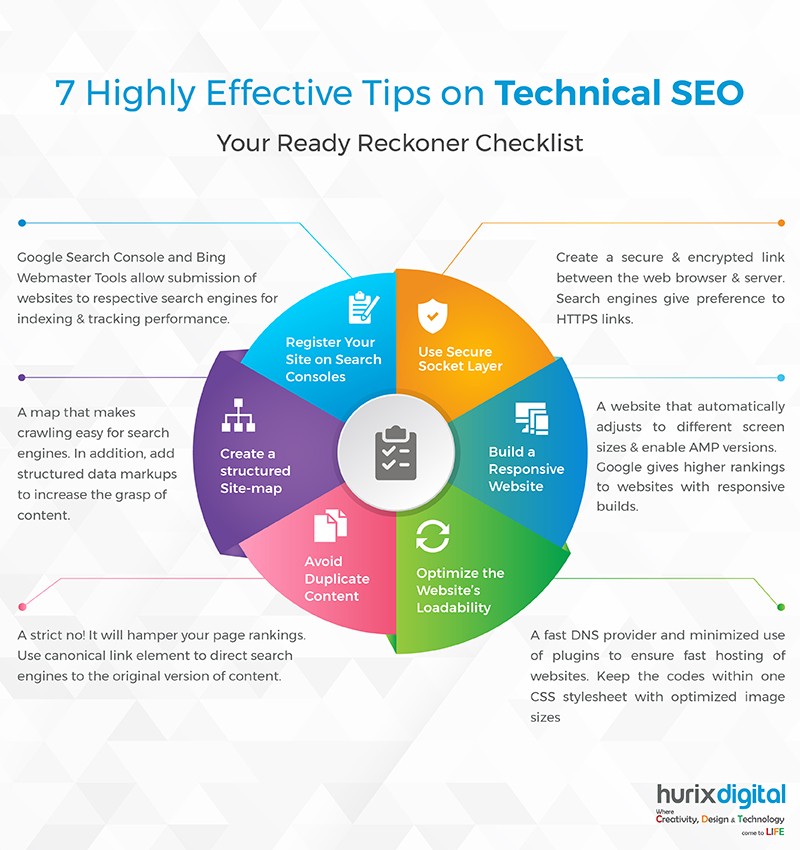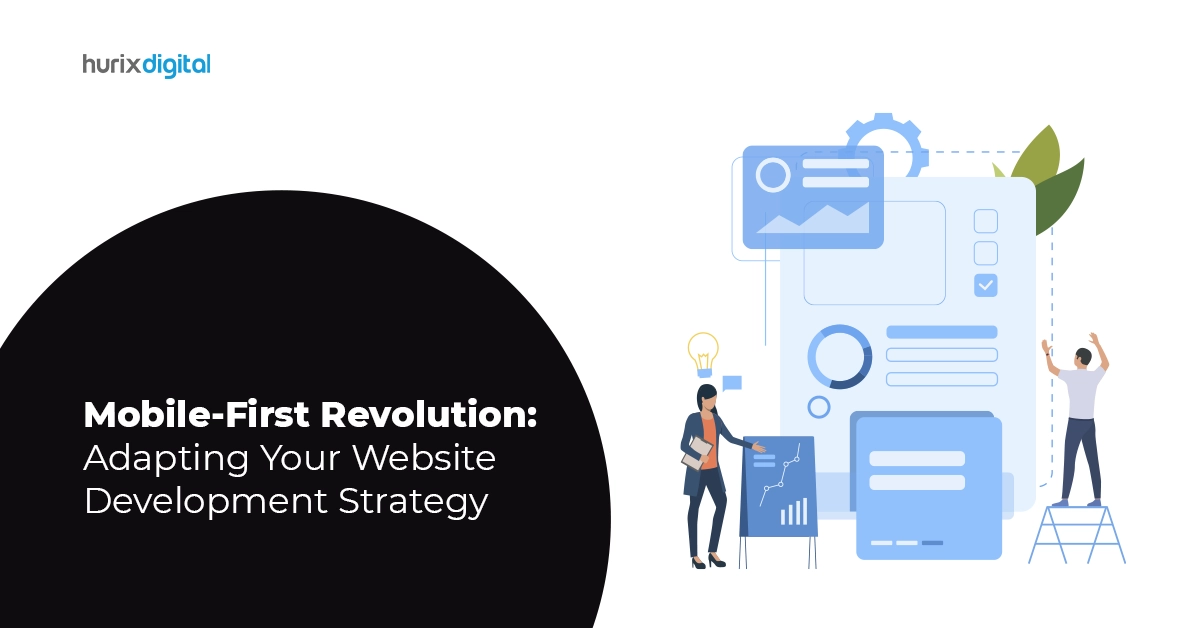Tom sat up straight in his chair, eyes gleaming as he looked at the calendar. Good Friday! He could feel the Monday blues fading away. Put in 2 days of leave and get 5 days off. “This time it’s happening”, he thought.
He could barely sit still as he quickly typed in Google, ‘where to go for a 5 day solo trip’. Within a matter of seconds, he was on a blog aptly titled ‘Top 10 destinations for a solo trip’. The blog transported him into a different world as he took in the sights of the pyramids of Egypt, the Moai statues of Easter Island and the Eiffel Tower of Paris.
Something caught his eye. He shook himself out of his dream world and read, ‘10 money saving hacks for solo travellers’. Now, who doesn’t want to know that! Skimming through this article, he saw another title, ‘Download these travel apps for a great solo travelling experience’. Of course he had to know about these apps. This website was a tome of information for solo travellers!
Jumping from one link to the next, he finally landed on a page offering him a complete package. The services ranged from advising on selecting a destination and planning the itinerary to providing a list of foods and drinks to try and events to attend.
Tom soon realised this is not just a blog, it’s Travel The World website- a popular travel services startup.
His face beaming, he saw his year old dream turning into a reality as he clicked on the button requesting a call back from a travel advisor.
5 days later, Tom was sunbathing on the beaches of Bali, seemingly without a care in the world.
Table of Contents:
- SEO- The Content Marketing Building Block
- What is Technical SEO?
- Seven Tips Curated by Hurix Analytics Team to have a Fully Technically Optimized Website
1. Use Shallow Link Structures
2. Use Canonical Tags for Duplicate Content
3. Mobile-Friendly and Responsive Website
4. Website Performance- Loading Speed and Bounce Rate
5. Ensure a Clean Website Structure
6. Optimize your Robots.txt
7. Design your 404 Page - Conclusion
SEO- The Content Marketing Building Block
Moral of the story? When you get a long weekend, head to Bali.
Also, a few well-written blogs can generate a lead. Simple right? Is it?
How did Tom land on the blog? That is where the magic or in marketing parlance, his “buyer’s journey” started. The answer as you know is SEO (Search Engine Optimization). The travel services brand’s website and blog were optimised and it ranked high in Google search engine result pages (SERPs) and triggered Tom to click on it.
Also Read: How Do You Blend User Experience in SEO Writing?
One can go as far as to call SEO the first building block of a robust content marketing strategy. Through it, your website and all of its pages appease and appeal to the Gods of Search Engines. If done correctly, they bestow a high rank on your web pages when somebody searches for a related keyword.
How do you appease the Gods?
Through
- Unique content
- Good quality content
- Optimizing the website for seamless crawling by search engine spiders
Much has been written about creating great and unique content. Let’s focus on the third point. That is Technical SEO.
What is Technical SEO?
In SEO parlance, it’s optimizing your website and server to enable search engine spiders to crawl and index your site more effectively.
In simple language, change certain technical aspects of your website like design, link building, speed, etc. so that search engine bots can easily find and record your site and note it as a “valuable” site for the readers. More the value, the higher the search ranking.
Seven Tips Curated by Hurix Analytics Team to have a Fully Technically Optimized Website
1. Use Shallow Link Structures
Not every page on your site will provide the same amount and level of valuable content. Some parts of your website will offer more valuable information than the others. Such pages should be easily accessible. The link distance or the number of link clicks required to get to such pages from other pages should be low. This is known as building shallow link structures.
Quick Tip: The content should be valuable in terms of matching the search intent and provide the required information or data to the reader. This will reduce bounce rate and increase traffic.
2. Use Canonical Tags for Duplicate Content
Some pages on your website may have the same content.
For example
http://example.com/best-digital-marketing-agency
http://example.com/articles/best-digital-marketing-agency
Both of these pages have 100% identical content but both rest in different sections and hence have different URLs. The issue here is when the search engine crawls through your website, which URL should it show in the results? Here is where the canonical tag comes into the picture.
Pick the URL you want to rank. This will be the canonical page. Go to the other page and add the tag there as
<link rel=”canonical” href=”http://example.com/best-digital-marketing-agency” />.
This tells the search engines which is the master page or the original page of that content and it will rank that particular page in the search results.
Quick Tip: Self reference the master page- use canonical tag for the master page also. This is a good way to reduce confusion later.
3. Mobile-Friendly and Responsive Website
In 2018, mobile phones accounted for more than 50% of worldwide website traffic. Even B2B businesses saw a high volume of mobile visits.
The importance of a mobile-friendly site cannot be overstated. For your online presence, your website should be designed for mobile screens. In general, it’s a good idea to have a responsive website that works across any screen type and size.
4. Website Performance- Loading Speed and Bounce Rate
Fast loading websites are rewarded by the search engines. Optimize your website in terms of images, videos and other content to ensure that it loads in the least possible time. Benchmark it to competitor websites and compare the load speeds.
Even at slow internet speed, the website should be capable of loading the pages easily and quickly. This is across all devices, including PC/ laptop, tablets and mobiles.
Quick Tip: Use AMP HTML to speed up content delivery and load times on mobiles.
Slow load speed is one of the factors of a high bounce rate. This, in turn, affects the website ranking. There are several other factors, and Hurix can help you analyze your website performance and suggest improvements.
5. Ensure a Clean Website Structure
A good website structure has two parts
- Site Mapping
- Using Subfolders
Site mapping helps search spiders in understanding your website. It tells the spiders the location of every page and also provides information like last modified date, its priority on the site and the frequency of its updates.
Using subfolders is a bit of a grey area. Google, for example, treats subdomains and subfolders the same in terms of ranking, if all other SEO parameters can be satisfied.
If you host your content on subdomains, you will have to work on each subdomain’s SEO separately. This means obtaining links for every subdomain.
Instead, if you use subfolders under the same domain, you have to obtain links for only one domain. This makes it much easier to manage your SEO activities.
You can also use breadcrumbs to manage the links. Place section links at the bottom of the page to help visitors navigate to the major pages of the website. In mobile-friendly versions of the website, these structures act as better organizers if placed better on websites with deep structures.

6. Optimize your Robots.txt
Speaking of crawling and indexing, the Robots.txt file is a crucial part of it. It resides in the root directory of your website. Its job is to help the search engines spiders to crawl and index your website, which pages to crawl, which links to record (dofollow) or not record (nofollow).
One point to keep a note of is that your file has no false blockings since this can discourage the crawlers from indexing the website.
7. Design your 404 Page
Not an error any visitor wishes to see or you, as the website owner wants to show. Neither you as the website owner wants to show this error nor does any visitor wishes to see it. Nonetheless, the error crops up once in a while. It may be the users fault, they may have typed in the wrong address after the main domain name. Or the links you have pointed to just don’t exist anymore leaving you with broken links. In any case, a 404 Page Not Found error page is inevitable.
How does this affect your ranking? If a visitor’s home page is Say Google and he types in the wrong address, he will see a 404 page. He will obviously hit the back button and go to Google.com.
If this happens enough times, Google will think your website has inferior content and reduce your page rank. But you can be savvy and optimize your 404 page to help your SEO.
Design a branded SEO page with links to your website- could be the home page or product/ service page or blog page. Anything to let the visitor know how they can get to the intended page.
Quick Tip: Quirky or funny design is an important aspect of using 404 pages to help SEO. It can also incorporate your branding message.
Conclusion
Technical SEO is all about keeping your web page optimised and up-to-date. In addition, it means keeping the search engines informed and updated with their crawling and index reports. To make sure that your page ranks well organically, it is essential to act on the suggestions given by Google reports and tools as well.
So, go forth, optimize and rank high!











